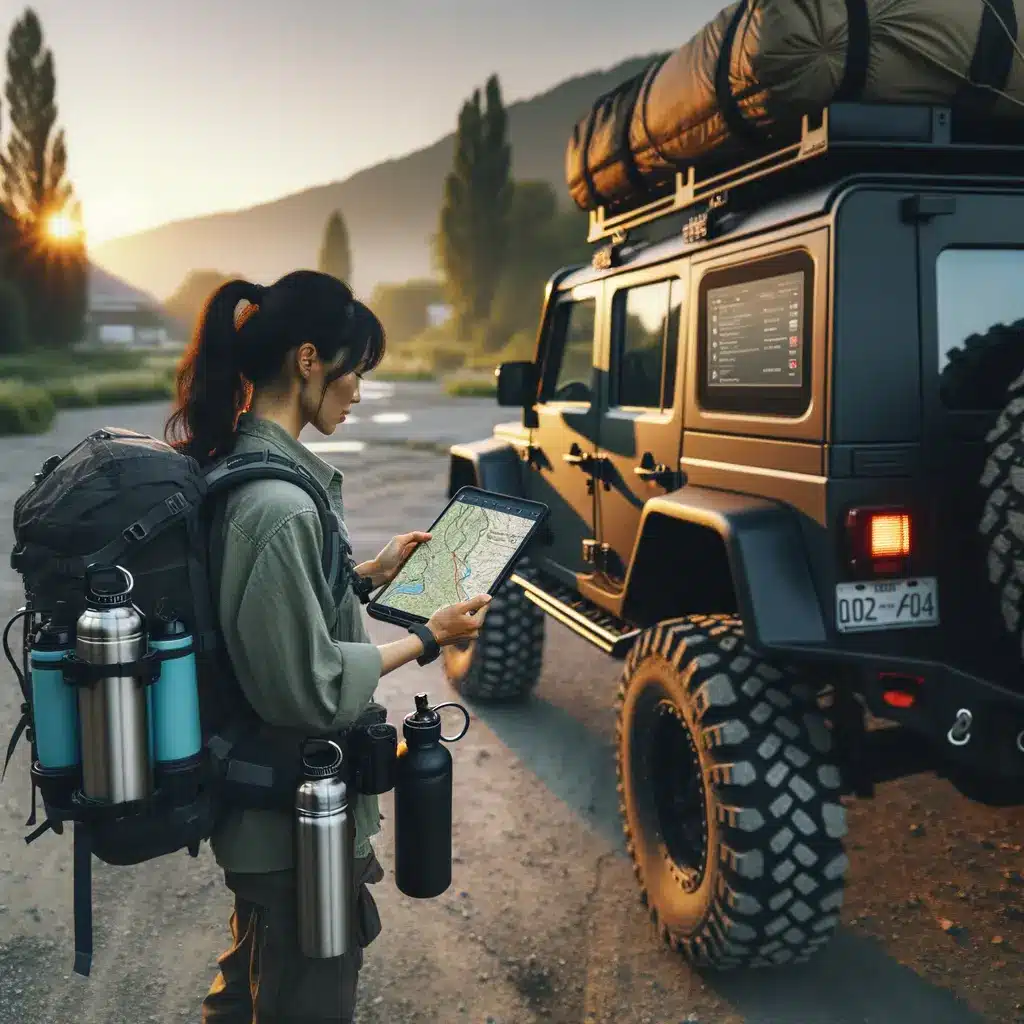Why the 10 Best National Parks in the US Belong on Your 2025 Itinerary
America’s park system is larger and more diverse than many first-time visitors realize. From geyser-powered plateaus to glacier-carved peaks, the best national parks in the US deliver landscapes that can redefine your sense of scale. 2025 is shaping up to be a milestone year: several parks are rolling out long-awaited visitor-center upgrades, trail restorations, and new reservation systems designed to reduce crowds while improving access. That means planning ahead is more important than ever. This article breaks down the top national parks to visit—based on scenic impact, variety of activities, and traveler buzz—so you can lock in permits, campsite reservations, or timed entries before they sell out.
Our approach is simple. We start with the data: annual visitation numbers, search-volume trends for “top national parks to visit,” and updated road-closure alerts from the National Park Service. Then we cross-reference the US national parks list with traveler feedback to rank the 10 destinations most likely to wow you in 2025. Whether you’re chasing sunrise at Cadillac Mountain or back-country solitude in Glacier, you’ll find practical tips, seasonal advice and safety reminders woven throughout this national park travel guide. Keep reading, bookmark the internal links to our Route 66 road-trip planner and Leave No Trace checklist, and get ready to experience the wild on its own terms.
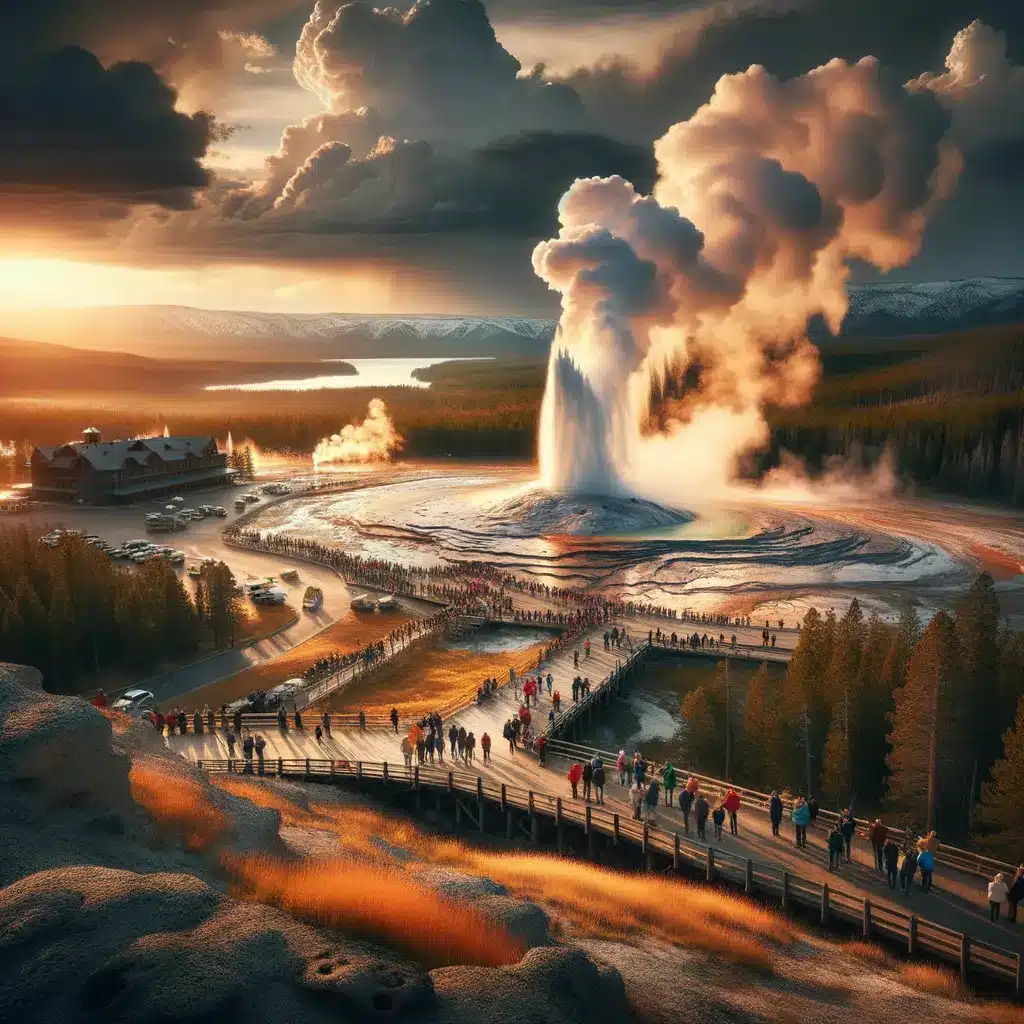
Western Icons: Yellowstone, Yosemite & The Grand Canyon
Three legends top every US national parks list, and for good reason. Yellowstone’s 2.2 million acres read like a primer on geothermal science: Old Faithful erupts 20 times a day, the Grand Prismatic Spring shimmers with microbial reds and blues, and bison traffic jams remind visitors who really owns the road. Summer is peak season, but if the best time to visit national parks for wildlife is your priority, aim for the shoulder months of May or late September when elk bugling season hits its stride.
Head south to Yosemite and you trade geysers for granite. Half Dome’s cables open each Memorial Day (lottery permits required), while photographers flock to Tunnel View at golden hour for an unbeatable panorama of El Capitan and Bridalveil Fall. Finally, the Grand Canyon delivers an erosional masterclass carved by the Colorado River. Rim walks are accessible, but the Bright Angel Trail tests endurance; day hikers should plan a pre-dawn start and pack electrolytes. If you’re pressed for time, a 30-minute helicopter flight from Tusayan reveals the canyon’s mile-deep strata in one sweeping shot.
Together, these Western icons define what many travelers call the best national parks in the US. Each park now offers enhanced shuttle networks and advance dining reservations—small upgrades that can shave hours off crowded itineraries and extend your adventure window.
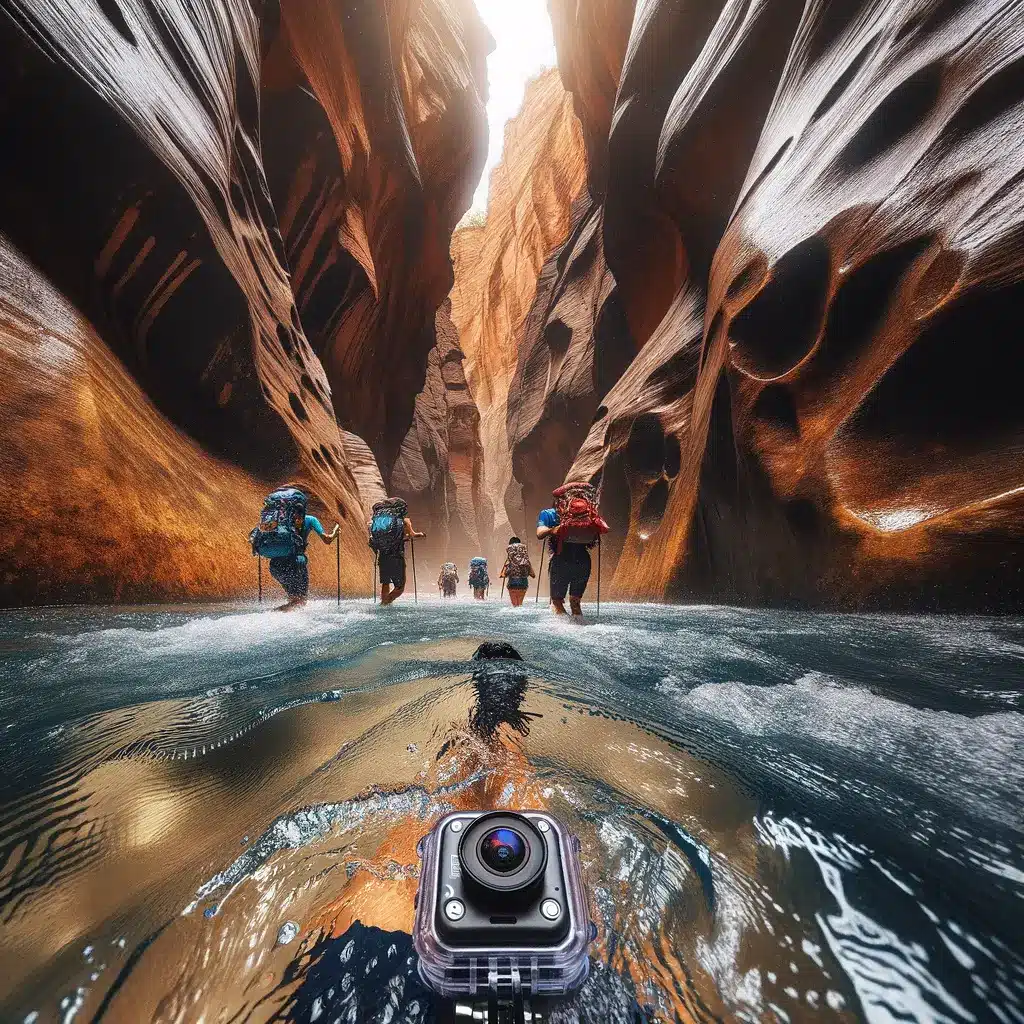
Southwestern Slot Canyons: Zion & Bryce Canyon Highlights
Utah’s canyon country compresses geologic time into walkable corridors. Zion National Park greets you with 2,000-foot Navajo Sandstone cliffs glowing ruby at sunrise—a photographer’s dream. The Narrows hike involves wading directly up the Virgin River, so check the flash-flood forecast and rent neoprene socks in Springdale before entering the water. Adventurers chasing vertical exposure tackle Angels Landing; starting in 2023, a timed-entry permit system made this bucket-list climb safer and less congested.
Just 72 miles away, Bryce Canyon flips the script with amphitheaters of orange hoodoos that look sculpted by an otherworldly artist—yet everything here is natural erosion. The 1.3-mile Navajo Loop links Wall Street, Two Bridges, and Thor’s Hammer in under two hours; arrive at dawn to have switchbacks largely to yourself. Clear skies and 9,000-foot elevation make Bryce an International Dark Sky Park, so pack a headlamp and stay for ranger-led stargazing.
Both parks slot neatly into a longer Southwest itinerary that might also include Capitol Reef and Arches (see our Utah Mighty 5 guide). They are proof that the best national parks in the US are not always the largest—sometimes the magic lies in narrow canyons, delicate fins, and soft desert silence broken only by canyon wrens.
Northern Peaks: Glacier & Grand Teton Adventure Guide
If alpine scenery pulls at your heartstrings, head north. Glacier National Park straddles the Continental Divide with 700 miles of trails and 25 named glaciers—though climate models predict further retreat by 2030. Drive the legendary Going-to-the-Sun Road at sunrise for mountain goats tip-toeing roadside and Logan Pass parking spots that disappear by 7 a.m. Backpackers should secure advance backcountry permits the moment the online system opens (see our internal link on permit strategies).
Grand Teton National Park, a mere hour south of Yellowstone, showcases knife-edge peaks rising abruptly from valley floors. Kayak across Jenny Lake for postcard views, or hike 5.8 miles round-trip to Inspiration Point where you can watch storm clouds roar over the 13,775-foot Grand Teton. Early October marks the best time to visit national parks if golden aspens are on your shot list. Moose graze cottonwood flats, and crisp air makes summit silhouettes razor sharp against cobalt skies.
Both parks emphasize bear safety—carry UDAP or Counter Assault bear spray and know how to deploy it. With well-signed multi-use paths, new ranger-led glacier science tours, and Wi-Fi connected visitor centers, these Northern gems marry raw wilderness with traveler-friendly infrastructure, cementing their status among the top national parks to visit in 2025.
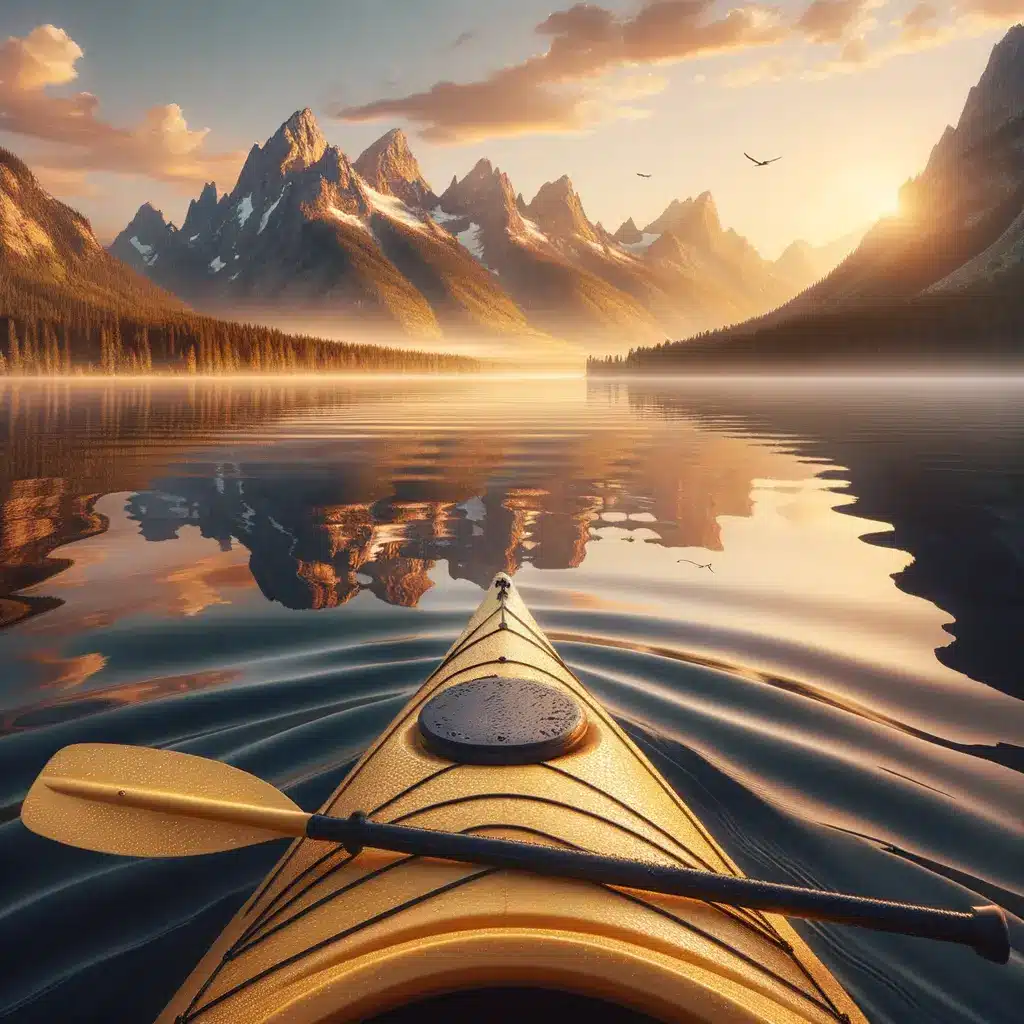
From Rockies to Rainforests: Rocky Mountain, Olympic & Acadia Wonders
Rocky Mountain National Park is pure high-altitude drama. Trail Ridge Road climbs above 12,000 feet, granting windshield access to tundra that usually requires mountaineering skills. Short on time? Pull over at Forest Canyon Overlook, spot pika darting between granite, and continue to alpine lakes where anglers cast for greenback cutthroat trout. Evening elk bugles echo through Moraine Park—an audio reminder that you’ve stepped into truly wild territory.
Switch coasts to Olympic National Park and enter a tri-biome marvel: glacier-capped Mount Olympus, the emerald Ho Rain Forest dripping with moss, and wave-pounded Rialto Beach full of tidal-pool sea stars. A single park passport stamp nets you mountain, forest, and ocean in one day, although you’ll want at least three to let each ecosystem breathe.
Finally, Acadia National Park crowns Maine’s rugged shoreline. Cadillac Mountain claims the first continental US sunrise for part of the year; timed vehicle passes now keep traffic manageable. After dawn, bike the historic carriage roads, built by John D. Rockefeller Jr., that weave through spruce-scented forest and over granite-block bridges.
Together, these three prove that the best national parks in the US exist coast to coast. Whether you crave thin air, temperate rainforests, or salty Atlantic spray, 2025’s upgraded visitor services and reservation portals make exploring easier than ever.
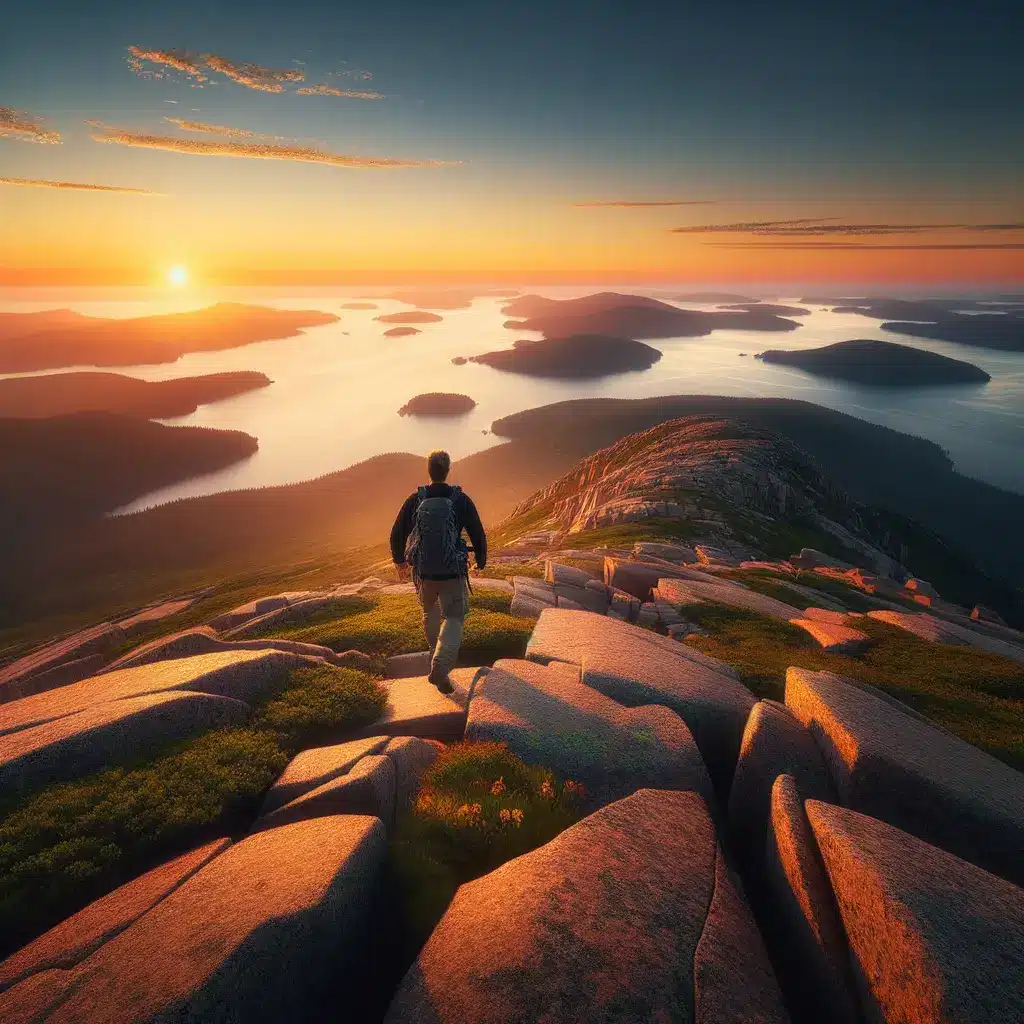
Essential 2025 Planning Tips for the Best National Parks in the US
Locking in your dream itinerary requires strategy. First, consult each park’s official website for updates on timed-entry systems—a growing trend across the US national parks list. Yellowstone, Yosemite, and Rocky Mountain now post daily entrance-gate congestion metrics, letting you adjust departure times. Second, reserve campsites six months out via Recreation.gov and set text alerts for cancellations.
Transportation matters: limited shuttles in Zion, Glacier, and Acadia fill before 9 a.m., so consider staying inside park boundaries or biking in on car-free greenways. If your route strings multiple parks together, download off-line maps in case mountain passes drop cell signals. Travel insurance that covers wildfire-related closures is increasingly wise.
For gear, layer synthetics that dry fast; even midsummer Grand Canyon rims can dip below 40 °F at night. Water purification saves weight and reduces plastic on backcountry treks. Finally, shoulder seasons—late April to mid-May and mid-September to early November—often represent the best time to visit national parks, balancing moderate weather with lighter crowds.
Ready for the next step? Read our guide to eco-friendly road-trip packing and our roundup of national park travel guide apps that function off-grid. Wherever 2025 takes you, respect wildlife distances, leave no trace, and let these protected landscapes renew your sense of wonder. The best national parks in the US are waiting—see you on the trail.
